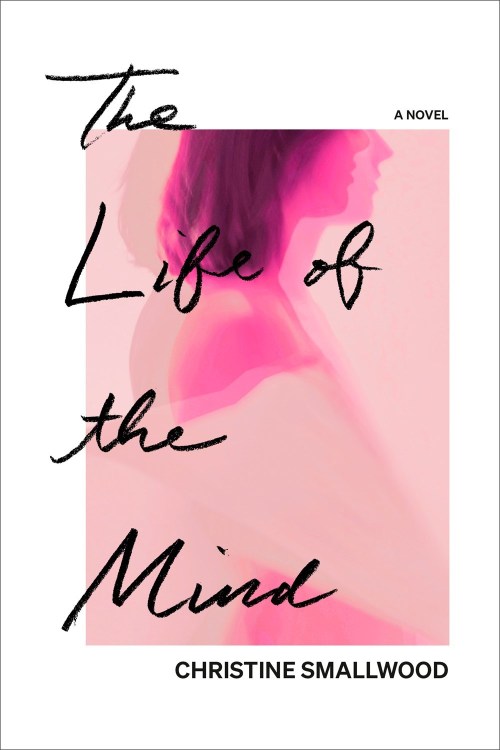[ad_1]
In her final, incomplete work, The Life of the Mind, Hannah Arendt sought to consider how thinking—an action so obvious its exploration appeared unnecessary—links vita activa, the active life, with vita contemplativa, the contemplative mind. Drawing on the intellectual history of ideas, Arendt posited that thinking creates neither morality nor understanding itself; but, instead, that thinking produces the self-consciousness which makes the production of knowledge a possibility. To expect truth or reality to come from that thinking, however, would be a mistake: a conflation of the “need to think with the urge to know.”
It’s in this mistaken understanding between knowledge and truth, ideal and reality, that literary critic Christine Smallwood situates her debut novel The Life of the Mind. The novel opens with Dorothy, an adjunct English professor, shitting in one of the multi-stalled bathrooms of her university’s library. Surprisingly, it’s here, among flyers for student health services and graffiti confessionals, that the Arendt-inspired inquiry takes root, and a line between truth and meaning begins to form.
It’s true that Dorothy is still bleeding six days after her miscarriage; that the unceasing hemorrgage of the days before has slowed; that her body has expelled its failures; that she had told neither her therapist nor the second therapist—who she sees to talk about the first therapist—about her pregnancy; that her professional aspirations have situated her firmly within the confines of “adjunct hell”; that the world around her has produced disaster after disaster, something her boyfriend Rog sees as unexceptional in the history of human history; that she has failed to correctly endear herself to her advisor; and that her best friend is surprisingly and suddenly eclipsing her in the game of adulting—a game she is not sure she understands. These certain truths anchor the novel as it follows Dorothy from her apartment in New York, to an academic conference in Las Vegas, to a karaoke party in a best friend’s living room. And while these truths drive the movement of the novel, they are indeed only one facet of the human experience, of Dorothy’s experience, which Smallwood renders visible.
When she is most reflective, Smallwood reveals much about the meaning of an academic life at this present moment of extreme precarity, and ending without end. For Dorothy, youthful expectations have waned and been replaced by the constant drama of employment uncertainty, and an unending feeling of not fitting an ever-shifting form. Even so, Dorothy’s observations are delivered with acuity and slicing humor: in a waiting room, she considers, as a Pretenders song rages on, what’s worse: “institutional silence” or being “coerced into pleasure.” It’s her mind’s attention that makes this novel so enjoyable, and it’s her mind’s attention that shows us what’s at stake.
If Arendt is most anxious about the illusion of a never-ending process of progress, Smallwood is most aware of the never-ending process of ending. At the end of the semester, as Dorothy reflects on a final assignment prompt, she muses that maybe the point of her course, called Writing Apocalypse, was to go beyond the end. And what’s beyond the end? For Dorothy it’s a certain set of things: curtains fall, lights come on, one moment transforms into another—and yet there’s also a certain stuckness that remains, a Berlant-inspired “Cruel Optimism,” which suggests that fantasies and illusions never end, but instead simply get repackaged. Non-conclusion then becomes the sobering counter to the idea of the end: the professor position is not gone, it’s been made adjunct; we will not all die in one mass apocalypse, we’ll die in small, disparate catastrophes; the environment will not disappear, it’ll be forcibly preserved in Las Vegas and other kitschy, instagram-worthy vacation spots; our mental health will not be spared, it’ll be supported by our therapist’s podcast; and the closure and finality of ending will never fully arrive.
And Arendt might agree with such a reading. Indeed, accepting the unknowingness of ending lends to a deepening of the present, disrupting those false allusions spurred by misrecognition. And this is what Dorothy does throughout the novel; it should go that the life of the mind is neither glamourous nor futuristic, it’s sopping wet with the “gruesome slog” of the present.

FICTION
The Life of the Mind
by Christine Smallwood
Hogarth Press
Published March 2, 2021
[ad_2]
Source link
